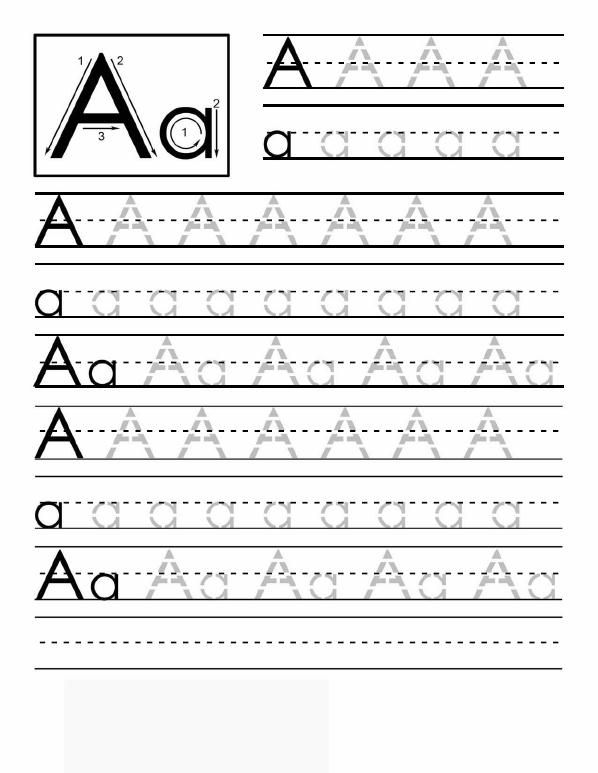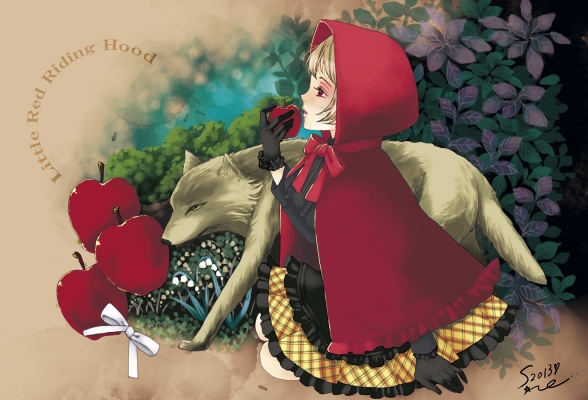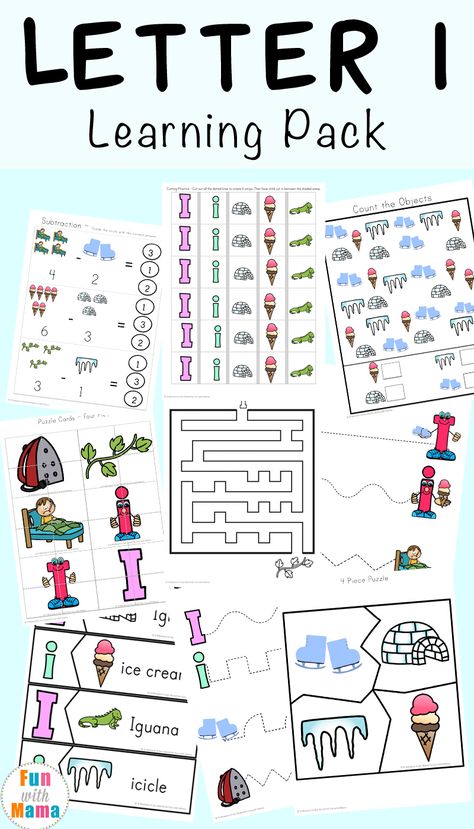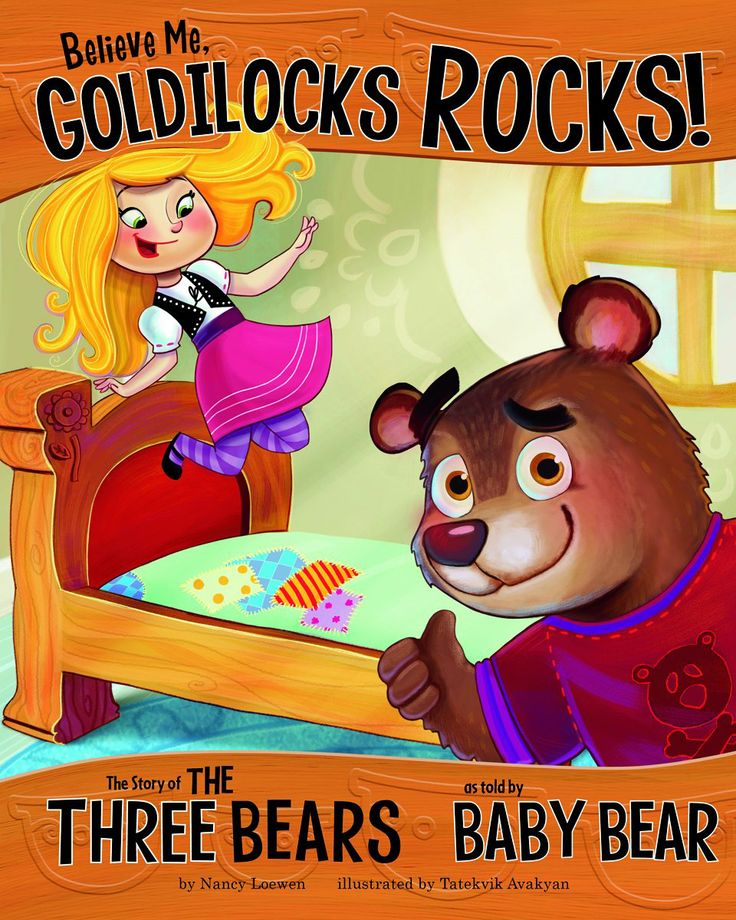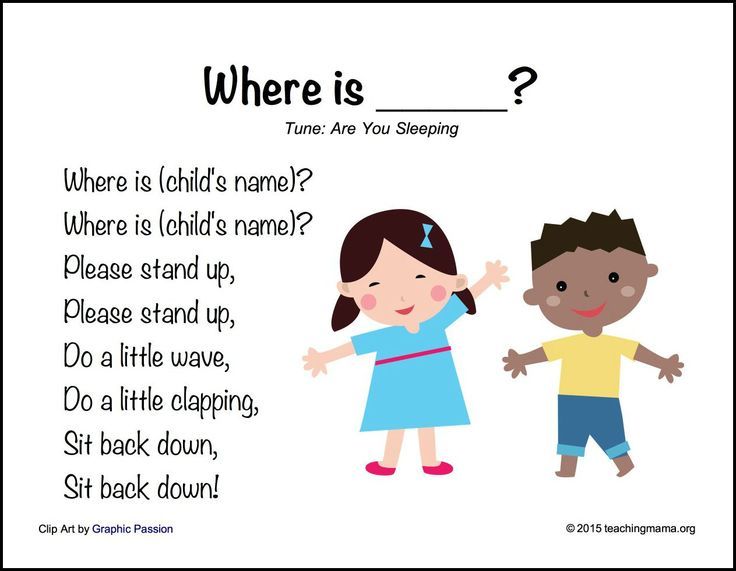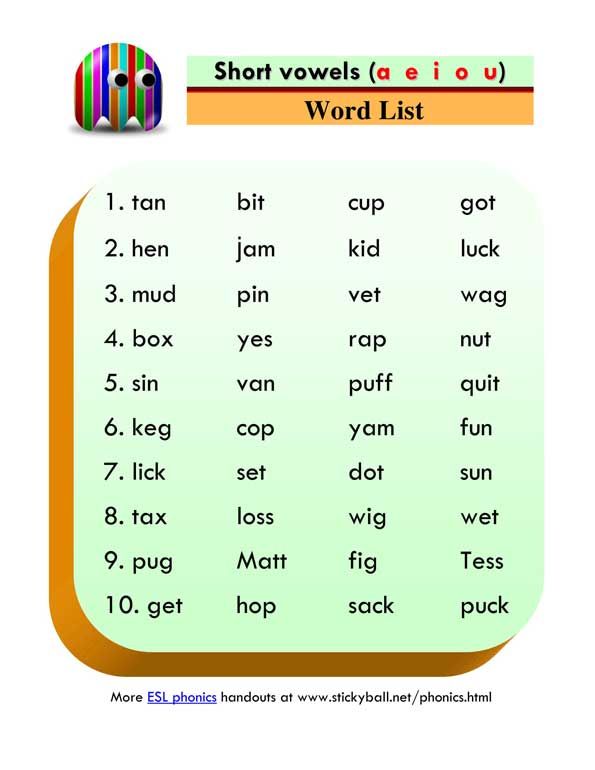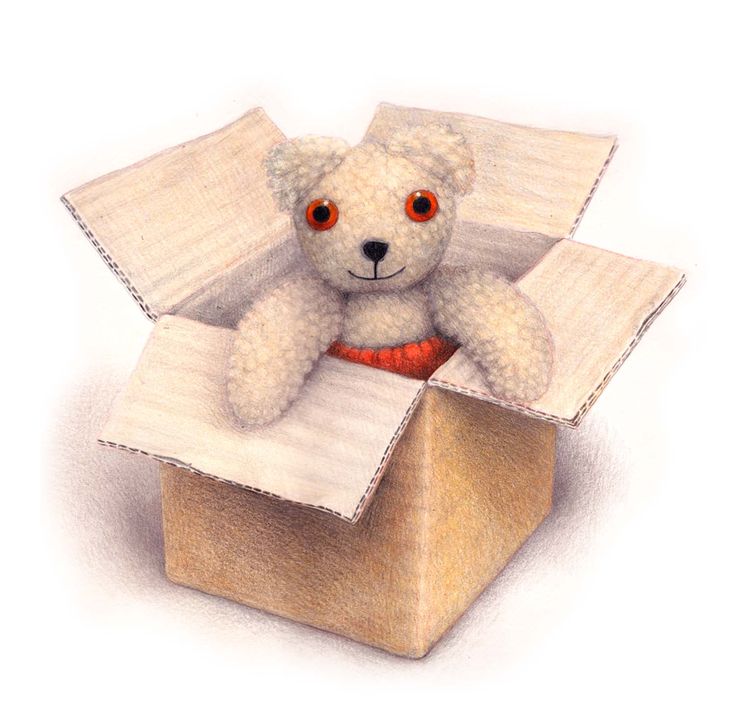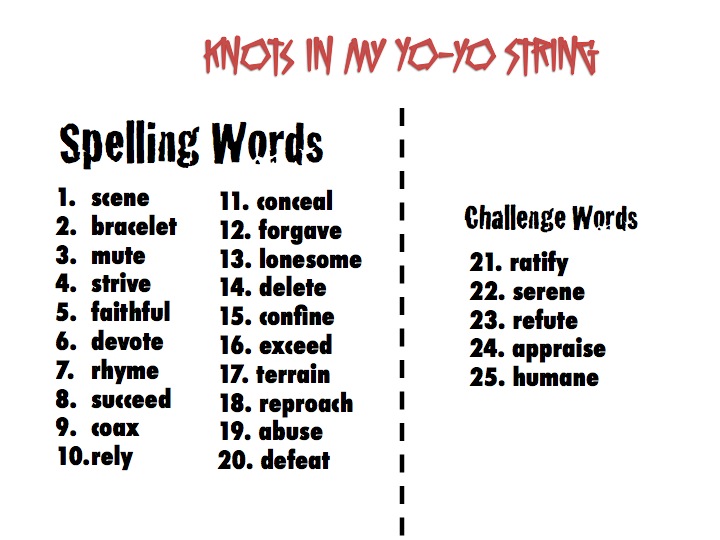Emergent readers stages
A Guide to Emergent Readers and Stages of Development
As a teacher, you know each of your students is unique. Never is that more apparent than with developing readers.
But you have lesson plans to propose and an entire class of students to teach.
You don't have time to design a reading development strategy for each of your little readers. Instead, you need a plan that will meet your students where they are, wherever that may be.
That's where the stages of reading development come in.
From early emergent readers to fluent readers, this simple breakdown helps you understand what stage each of your students is in so you can better meet their needs.
Want to know how to keep your readers on track and engaged?
Check out this guide to designing an instruction plan that addresses student readers of all stages.
What Is an Emergent Reader?
The emergent reader stage is one of the most vital in a student's journey. After all, 65% of 4th-grade students read at or below an early fluent reading level, which is only one step above the emergent reader stage.
Making sure a student progresses beyond emerging reader status with confidence and excitement, then, is important for assuring they improve beyond a basic level of reading comprehension.
Compared to an early emergent reader, emergent readers have learned the alphabet and have a handle on a large vocabulary of CORE words.
They've progressed beyond picture books and books with small regions of text. Now, your emergent readers have a good understanding of phonics and are starting to comprehend word meanings in addition to word sounds.
Emergent readers will typically read books with increasingly larger blocks of text. They can handle more complex sentences and rely less on pictures for comprehension.
While they may read books on familiar topics like home and family life, these stories go into greater depth than their early emergent reader precursors.
What's more, these students will have more confidence in recognizing high-frequency words.
They're venturing into both fiction and non-fiction stories.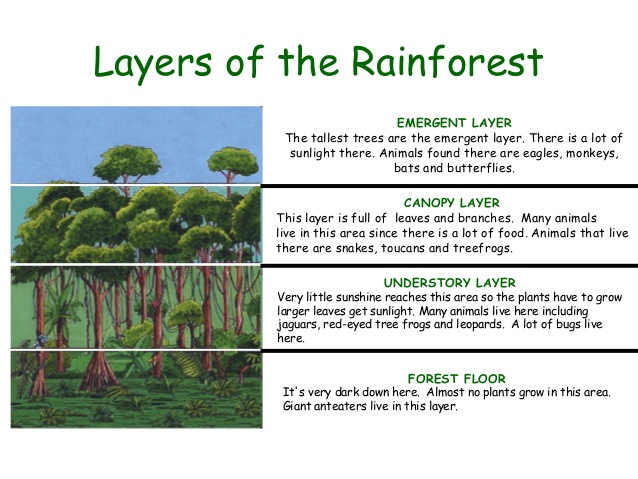 And most excitingly, emerging readers have begun to discover that reading has many uses and purposes beyond the classroom.
And most excitingly, emerging readers have begun to discover that reading has many uses and purposes beyond the classroom.
How to Engage and Excite Your Emergent Reader
Engaging and exciting your emergent reader is all about choosing the right books and offering assistance only when needed. The reasons behind this latter point are twofold.
First, your student needs to know they are supported and that you're there for assistance with sounding out words or comprehending definitions if needed.
But secondly, too much help can actually be detrimental to the child's confidence in their abilities.
They need to know that you think they can read independently. That way, it gives them the space to form their own confidence in reading independently.
The other tips for engaging and exciting your students is a no-brainer.
Choosing the right books that are challenging but not so challenging that the student feels defeated is vital to helping emerging readers move into the next stage of development. Our phonics collection starts at the very beginning.
Our phonics collection starts at the very beginning.
Here are three books that we think are perfect for your emerging reader:
- A Giraffe and a Half by Shel Silverstein
- Look What I Can Do by Jose Aruego
- Do You Want to Be My Friend? by Eric Carle
The 4 Stages of Reading Development
If you have a student who is still struggling to achieve emergent reader status despite your very best efforts, it's time to return to the four stages of development.
That way, you can see where your student is lagging while also exciting your little reader with all the learning they have to look forward to.
1. Early Emergent Readers
Early emergent readers are just beginning their reading journey.
These students are typically 6 months to 6 years old and are learning the alphabet.
As they advance, these readers begin to recognize the difference in uppercase and lowercase letters.
Aside from the alphabet, early phonics is extremely important during this phase.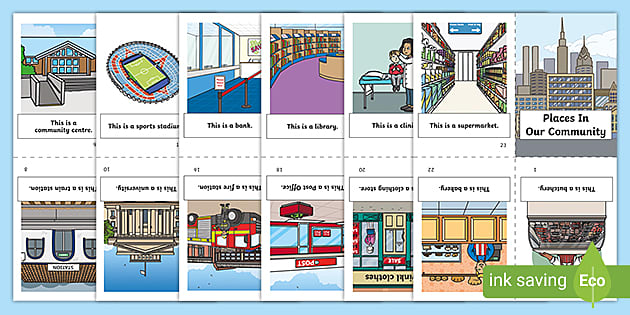
Children should be learning the relationship between the way a letter looks and its associated sound, beginning with the differences in vowels and consonants.
You'll know your early emergent reader is on the cusp of becoming an emergent reader when they begin to automatically recognize high-frequency words (core vocabulary words).
Also, your almost-emergent readers will be able to read consonant-vowel-consonant (CVC) words.
2. Emergent Readers
As we mentioned above, emergent readers have learned the alphabet and are beginning to understand early phonics.
They can often read independently with assistance if needed.
You know your emerging reader is moving on to the next stage if they're starting to comprehend word meaning more automatically instead of focusing on word recognition alone.
3. Early Fluent Readers
This stage is where the magic starts to happen. Early fluent readers are typically between the ages of 7 years and 10 years old.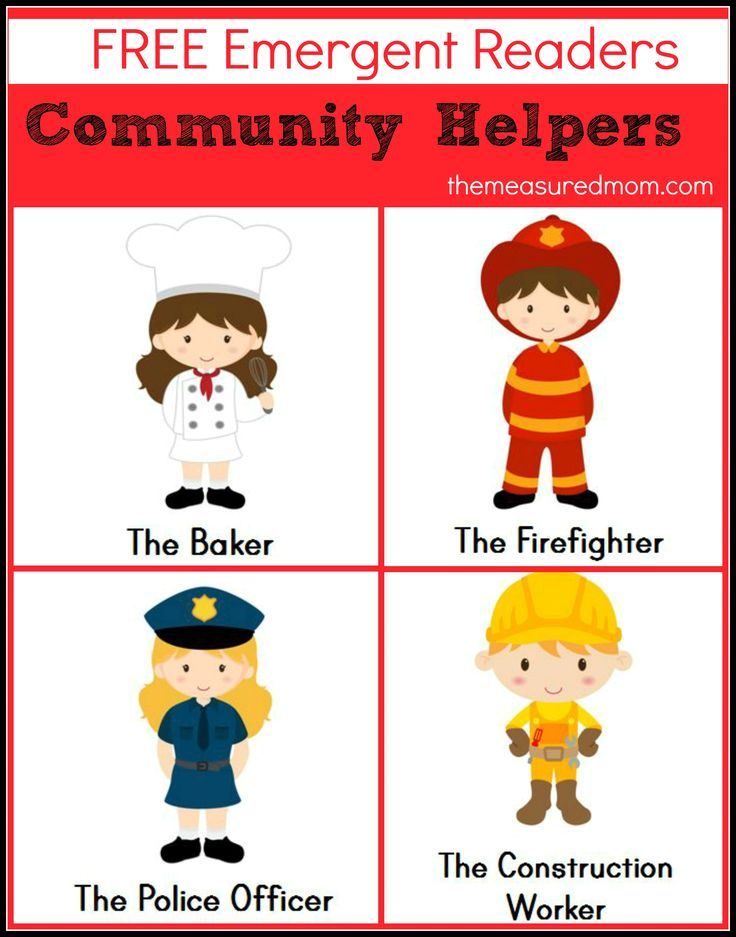
And at this point, not only can students identify word sounds on their own but they can also comprehend those word meanings independently.
These readers should be given books of different varieties now so that they can appreciate the diversity of the form.
This is a great time to introduce students to genre fiction, an excellent way to excite your early fluent readers with fun, engaging stories.
Complete independence while reading and comprehending is a signal that your early fluent reader is ready to progress.
4. Fluent Readers
If your student or child has made it to this stage, congratulations!
Considering that only 34% of 8th graders achieved National Assessment of Educational Progress "Proficient" reader scores in 2018, this is truly an accomplishment for the record books.
A hallmark of this stage is the ability to read aloud with proper pauses for punctuation.
Fluent readers need absolutely no assistance with reading comprehension. And they are starting to actually understand the meaning behind what they read instead of just comprehending word meanings.
And they are starting to actually understand the meaning behind what they read instead of just comprehending word meanings.
At this point, your fluent reader should begin to choose their own books and form preferences about what they like to read.
This is an exciting time in a student's reading development journey. But it's also an exciting point, in general, since becoming a fluent reader is a major pit stop along the road to true independence.
Special Education for Your Struggling Reader
Are your emergent readers struggling to move on to the next stage of development?
Check out AdaptEd's carefully curated selection of books to engage and excite your child or students today!
Stages of Development | Reading A-Z
> Instructional Support > Stages of Development
Beginning Readers (Levels aa-C)
Readers at this level might display the following characteristics:
- Pretend to read familiar stories
- Sing their ABCs but not be able to name all of the letters in print
- Recognize and name more letters as they are exposed to print and instruction
- Identify the front cover
- Turn pages one by one
- Show how text progresses left to right, top to bottom
- Identify uppercase letters with greater ease than lowercase letters
- Know some sounds of frequently seen or previously taught letters
- Identify and produce an increasing number of sounds, particularly consonant sounds and short vowels
- Recognize environmental print in context
- Attempt to track print with their finger in books and other texts
- Begin to play with words
- Identify a rhyming pair when presented with choices (e.
 g., rat, bed, hat)
g., rat, bed, hat) - Count syllables in words
- Listening comprehension far exceeds reading comprehension (the latter is limited to single words or short phrases/sentences)
Text to support readers at this level may include:
- Detailed pictures that add to the story
- Short, declarative sentences
- Repetitive patterns
- Repeated vocabulary
- Natural, familiar language
- Large print
- Wide letter spacing
- Familiar concepts
- Limited text per page
Developing Readers (Levels D-J)
Readers at this level might display the following characteristics:
- Apply their understanding of phonics for reading unfamiliar words
- Focus most of their energy on decoding, which leaves fewer cognitive resources for comprehension
- Recognize more frequently read words by sight
- Attempt to sound out unknown words, phoneme by phoneme
- Realize that their reading should make sense and will attempt to self-correct when making errors
- Look for word chunks to assist in reading
- Listening comprehension still exceeds reading comprehension, although readers begin to get meaning from text
Text to support readers at this level may include:
- Increasingly more lines of print per page
- More complex sentence structure
- Fewer repetitive patterns
- Pictures that relate to the story
- Familiar topics with more details
Effective Readers (Levels K-P)
Readers at this level might display the following characteristics:
- Attend to the phonics, word chunks, affixes when decoding unfamiliar words in their entirety, including multisyllabic and compound words
- Recognize more and more words automatically by sight
- Guess or predict what they think the sentence says rather than reading each word as it is written
- Glance ahead to prepare for upcoming words
- Focus less of their energy on decoding, which leaves more cognitive resources for comprehension
- Begin to transition from learning to read to reading to learn as they use text to learn new information
Text to support readers at this level may include:
- More pages
- Longer sentences with more complex syntax
- More text per page
- Richer vocabulary
- Greater variation in sentence pattern and exposure to a variety of text structures
- Fewer pictures
- More formal and descriptive language
Automatic Readers (Levels Q-Z2)
Readers at this level might display the following characteristics:
- Use phonics, syllable knowledge, and morphology to decode unknown multisyllabic words
- Recognize words they repeatedly see in text by sight
- Use fluency and prosodic reading at an appropriate rate
- Focus on comprehension as decoding becomes automatic
- Rely on text for directions, content knowledge, and general information
Text to support readers at this level may include:
- More text
- Less familiar, more varied topics
- Challenging vocabulary
- More complex sentences
- Varied writing styles
- Few, if any pictures
- Text features to support understanding (graphs, charts, infographics, etc.
 )
) - Text structures (compare and contrast, cause and effect, problem/solution, sequence, descriptive)
Great School Student Encyclopedia
Great School Student Encyclopedia a unique edition containing the entire body of knowledge, necessary for elementary students. For children going to the 1st grade, it will serve as an indispensable assistant for school preparation. In this encyclopedia, the child will be able to find any information of interest to him, in a way that is clear and easy to understand. You choose words and definitions for simple things, that need to be explained to the child? Doubt the wording? Just take "Big Encyclopedia schoolchild" and find the right answer with your child!
Mathematics in verse
Speech Development
ABC in pictures
Attention games
How to choose the right school
Your child is left-handed
How to prepare homework
Controls and exams
Big encyclopedia of schoolchildren is your reliable guide in the world of knowledge.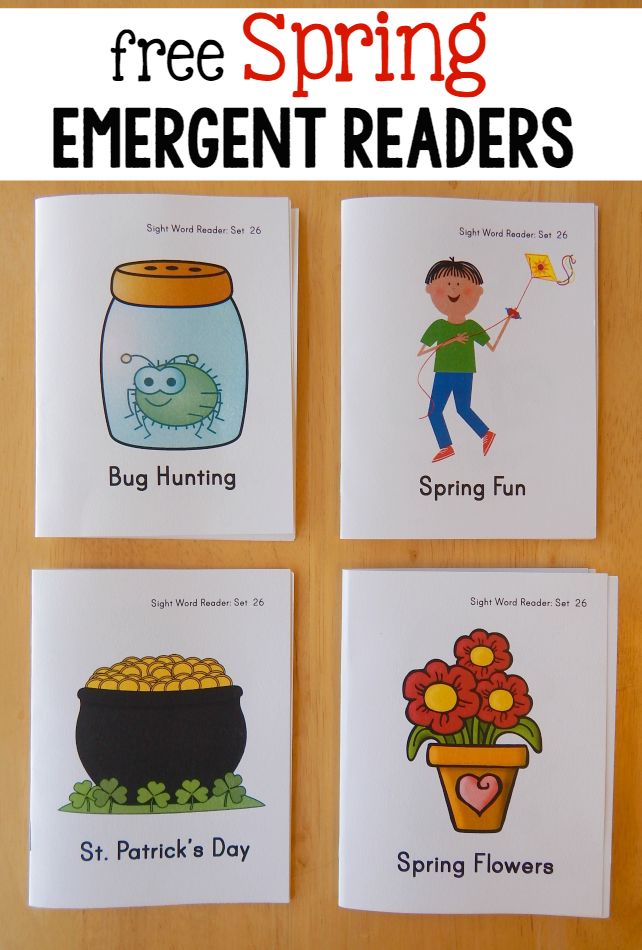 It will guide you through the winding labyrinths of the sciences and reveal the veil of the great mysteries of the universe. With her you will rise high to the stars and sink to the bottom of the deepest seas you will learn to see the smallest organisms and feel the vast expanses of the Earth. By embarking on this exciting journey, you will significantly expand your horizons and rise to a new level of development. From now on, no questions from teachers can confuse you, you can find a way out of any situation. The world of knowledge is calling you. Good luck!
It will guide you through the winding labyrinths of the sciences and reveal the veil of the great mysteries of the universe. With her you will rise high to the stars and sink to the bottom of the deepest seas you will learn to see the smallest organisms and feel the vast expanses of the Earth. By embarking on this exciting journey, you will significantly expand your horizons and rise to a new level of development. From now on, no questions from teachers can confuse you, you can find a way out of any situation. The world of knowledge is calling you. Good luck!
| Child does not want to learn letters Child does not want to learn letters - You know, you have to do something! - anxiously told me a plump, well-dressed lady, barely fit in a chair. Her legs in neat boats were tightly compressed (the skirt to the middle of the knee seemed a little short for such a monumental figure), her hands were folded on her knees. | Past continuous passive The passive voice is formed with the help of the auxiliary verb 'to be'. Passive voice of the verb 'to repair' in the 'continuous' group: To be repaired = To be repaired. The road is being repaired = The road is being repaired. The road is not being repaired = The road is not being repaired. Is the road being repaired? = Are they repairing the road? The road was being repaired = The road was being repaired. The road was not being repaired = The road was not being repaired. Was the road being repaired? = Did they repair the road? Passionate ... |
| Determination of the formula of an organic substance by its molar mass Task: Determine the formula of a hydrocarbon if its molar mass is 78 g. | W SOUND (U). 1) Convenient letter! It's convenient in her What is possible with a letter Hang up your coat. U - bitch In any forest You will see the letter W. 2) PHONETIC CHARGING. How the wolf howls! (u-u-u) 3) TASKS. a) Raise your hand if you hear the sound (y): spider, flower, puddle, sofa, table, chair, pigeons, chicken. b) Where is (y)? Teeth, duck, science, kangaroo... |
How easy it is to teach a child aged 4-6 to read - the best methods and exercises there is no ready-made answer, but we want to immediately warn against two misconceptions:
-
“It is not necessary to teach a child to read at home, they will teach you at school anyway.
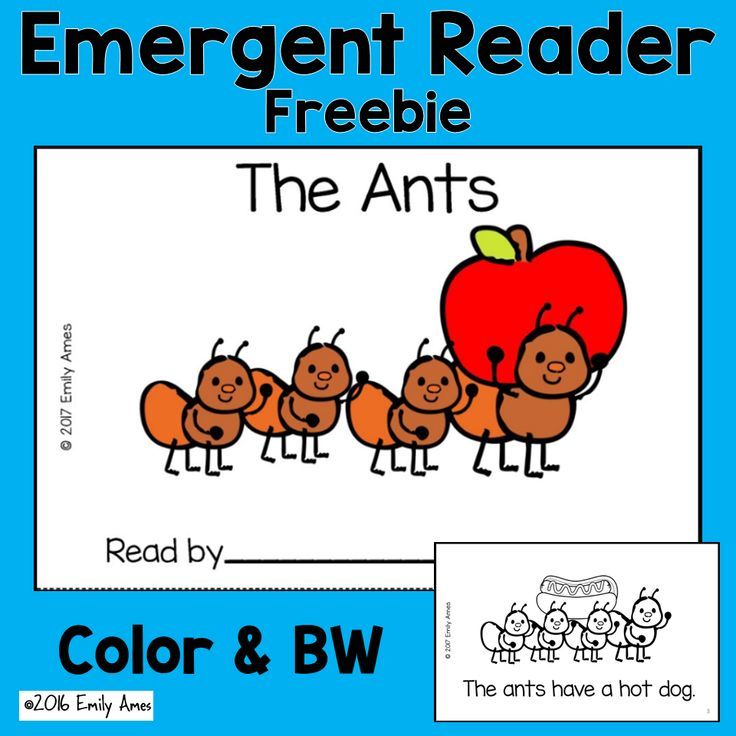 ” Yes, they will. But remember: the first year at school is the most intense in all 11 years of study. For some 4-5 months in the 1st grade, the child goes through the alphabet "from" and "to", learns to read, write, and the rest of the time he studies the basics of the Russian language. Therefore, it will be great if he has a reading skill before school. This will reduce the burden on the child.
” Yes, they will. But remember: the first year at school is the most intense in all 11 years of study. For some 4-5 months in the 1st grade, the child goes through the alphabet "from" and "to", learns to read, write, and the rest of the time he studies the basics of the Russian language. Therefore, it will be great if he has a reading skill before school. This will reduce the burden on the child. -
"There is no time to waste - the sooner the baby begins to read, the better." All children are different and develop at their own pace. Therefore, you should not impose teaching reading to a preschooler as soon as he is 4-5 years old, if the student himself does not yet show interest in this activity. Instead, you can begin to develop an interest in reading through bright and engaging books. A good option would also be games that involve letters.
The indicator to be guided by is not the age of a preschooler, but his speech skills.
It's time to learn to read if…
If the speech development of a preschooler proceeds without gross violations. Let's figure out what criteria will help you find out if a child is ready to learn to read:
-
Understanding addressed speech. The kid must understand sentences, phrases, individual words that others refer to him.
-
Vocabulary. The more words a child knows, the better he will understand what he read. It will also help him communicate with adults and other children.
-
Grammar. The ability to correctly build sentences, select and change words is important for children who are learning to read.
-
Pronunciation.
 For learning to be effective, the child must know how to pronounce words without gross errors.
For learning to be effective, the child must know how to pronounce words without gross errors.
Remember: at preschool age, a child may have minor flaws in grammar and pronunciation - this is normal. Over time, these violations will be corrected, and they should not be considered an obstacle to reading. But if the baby is not yet very confident in speaking, do not rush him to read - this will not help develop speech, but only demotivate.
Practicing child psychologist Ekaterina Murashova
Free course for modern moms and dads from Ekaterina Murashova. Sign up and participate in the drawing of 8 lessons
How to make learning to read easier for preschoolers
-
Praise more and never scold
It's hard for us adults to imagine how difficult it really is for a baby to learn from scratch such a complex skill as reading.
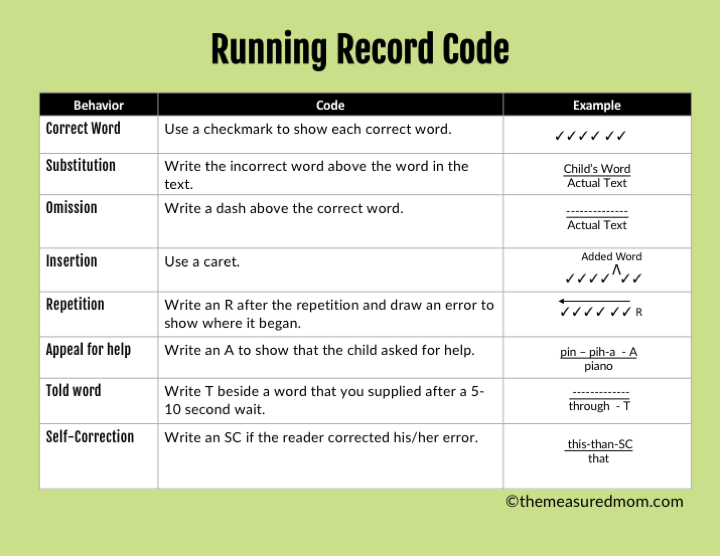 After all, being able to read means being able to correlate a sound with a letter or a combination of letters, connect sounds, understand the meanings of the words read and the meaning behind the text.
After all, being able to read means being able to correlate a sound with a letter or a combination of letters, connect sounds, understand the meanings of the words read and the meaning behind the text. If parents take the child's progress for granted and express dissatisfaction when the child does not understand something, this will not push the future student to development, but will only complicate the process. Therefore, it is important to praise for small victories: I learned the letter that was passed last time - great, I coped without my father's help with the word as much as two syllables - clever.
Do not take failures as a consequence of the negligence of a little student. When a child does not understand the first time, this is an occasion to look for another explanation or give more time to practice. If you feel tired and irritated, you should stop the activity and return to it in a good mood.
-
Exercise little but regularly
Do not expect perseverance and a desire to spend hours figuring out unfamiliar letters from your baby.
 It is difficult for preschoolers to keep their attention in a lesson for more than 25 minutes, and even such small classes should be interrupted with physical education minutes and games so that the child does not get bored. This is exactly how Skysmart prepares for school: 25-minute classes with breaks for outdoor games.
It is difficult for preschoolers to keep their attention in a lesson for more than 25 minutes, and even such small classes should be interrupted with physical education minutes and games so that the child does not get bored. This is exactly how Skysmart prepares for school: 25-minute classes with breaks for outdoor games. But regular practice is important - much more important than the duration of the session. And it doesn’t have to be just lessons: you can look for familiar letters on signs during a walk, on a door plate in a children’s clinic, on a package of your favorite corn flakes.
-
Read books aloud
In a series of studies conducted by Dr. Victoria Purcell-Gates among five-year-olds who could not yet read, children to whom their parents regularly read aloud for two years were found to express thoughts in more literary language, build longer phrases and use more complex syntax.
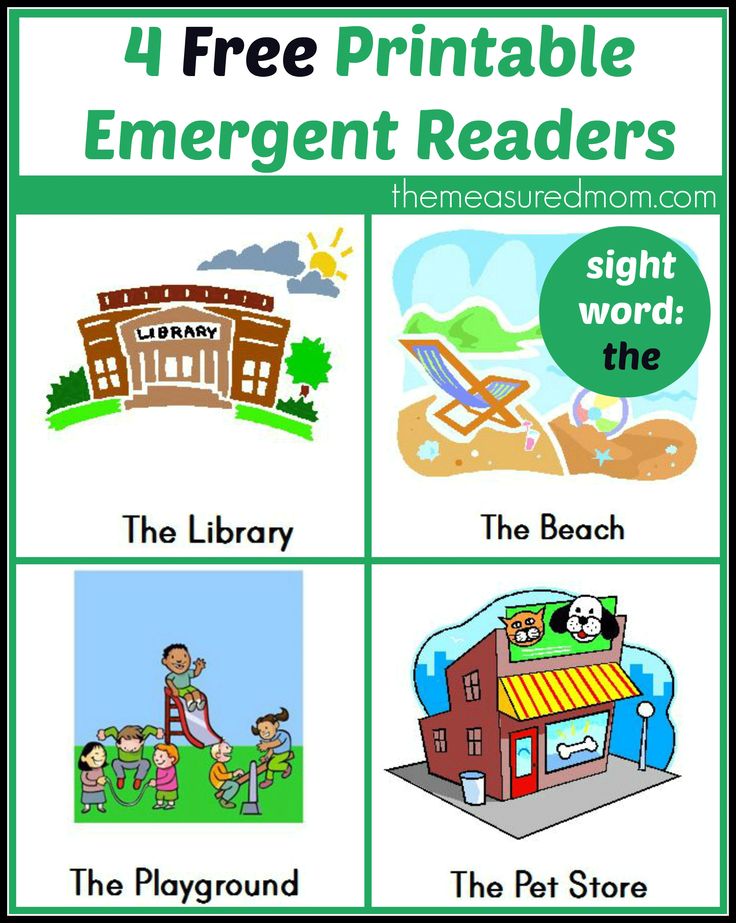
In addition, reading aloud with adults contributed to the expansion of the children's vocabulary, as parents explained the meanings of new words that children did not encounter in everyday life.
Expert Opinion
According to neuroscientist Marianne Wolfe, book evenings with parents help develop a love of reading because the child establishes a connection between reading aloud and feelings of love and warmth.
-
Discuss read
The role of communication in teaching literacy cannot be overestimated. At first, it is important to ask if the future student is interested, if he is tired, what was remembered from the lesson. When a preschooler learns to read coherent texts, be sure to ask questions about their content.
It's great if the child reads on his own and without the prompting of the parents, but even in this case, do not deprive him of the opportunity to discuss what he read with you.
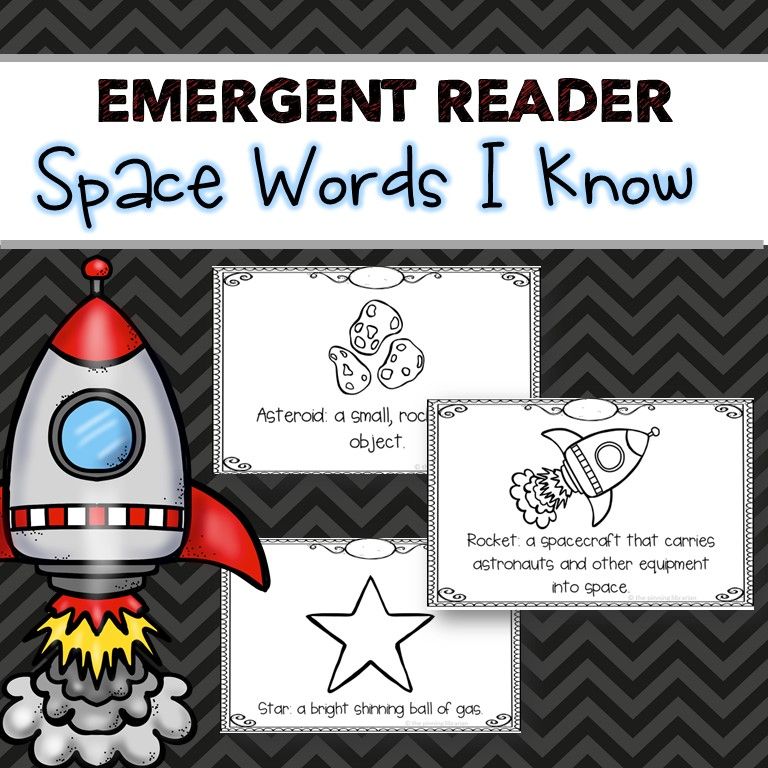 For example, you can ask:
For example, you can ask: -
Which of the characters do you like?
-
Do you think this character is like you? Would you like to be like her?
-
What would you do if you were a hero?
-
Why did the described event happen? How are these two events related?
-
How did what you read make you feel?
-
What do you remember most from what you read?
-
What do you think the author wanted to teach? Why did he write this? Do you agree with the author?
-
-
Go from simple to complex
From the correspondence between sounds and letters to syllables, from short words to longer and more complex words. It would seem that this is obvious, but no: sometimes parents are so happy with the success of the child at first that they push him to study more complex topics than he is ready to accept. Of course, the program should adapt to the future student, but you should not skip steps, even if the child is making progress.
There are methods that offer to teach a child to read by memorizing whole words. Alas, experiments show that such techniques generally work worse. For example, a group of scientists from the United States came up with an artificial alphabet and offered subjects to learn it, and then read the words written using this alphabet.
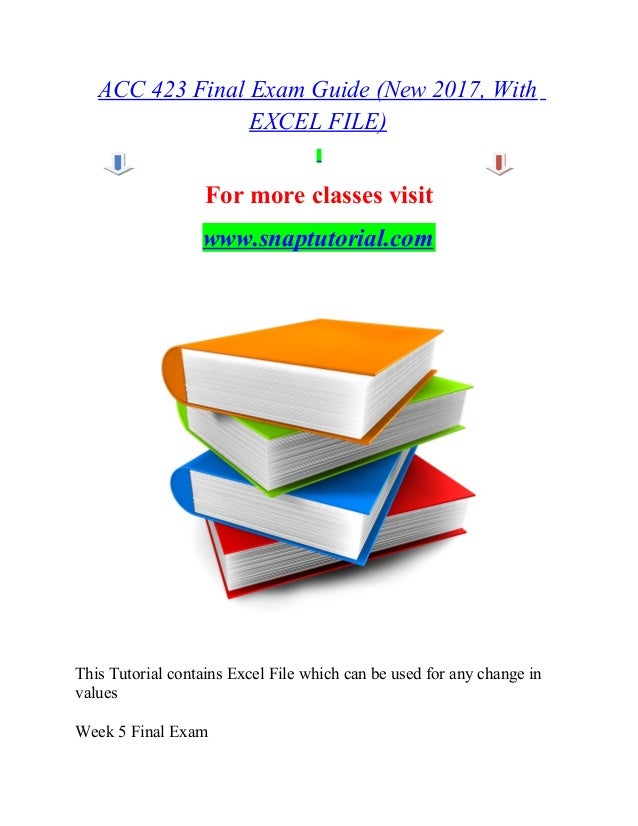 At the same time, some subjects were immediately explained the principles of correspondence between sounds and letters, while others had to derive reading rules on their own based on whole words. It turned out that the first group copes with reading new, previously unfamiliar words better than the second.
At the same time, some subjects were immediately explained the principles of correspondence between sounds and letters, while others had to derive reading rules on their own based on whole words. It turned out that the first group copes with reading new, previously unfamiliar words better than the second. Therefore, we advise choosing those teaching methods that involve clear instructions about the relationship between sound and letter - and this is especially important for those children who have difficulty reading. Below we have compiled a few of these techniques that you can use to teach your preschooler at home.
It is important to select questions individually, based on the age of the child. With younger children, discuss everything together, ask simple questions, direct their attention to some facts. The complexity of the questions should increase in proportion to the age of the child. The older he is, the more difficult the tasks should be, and the questions can already affect the "reflection" of their feelings and experiences.
The complexity of the questions should increase in proportion to the age of the child. The older he is, the more difficult the tasks should be, and the questions can already affect the "reflection" of their feelings and experiences.
Methods of teaching preschoolers to read
Warehouse reading
The way to teach a child to read through warehouses was actually used in Rus', but for modern parents this technique is associated with the name of the philologist Nikolai Alexandrovich Zaitsev.
Zaitsev suggests not focusing on the study of individual letters, as it can be difficult for students to understand how letters can merge into syllables and words. Teaching a child to read by syllables is also not always easy: one syllable can be quite long ( glitter, ruble ), and the boundaries of syllables are not obvious ( Lun-tik or Lu-ntik ?). Therefore, in Zaitsev's methodology, a warehouse is used as the main unit.
Warehouse can be a combination of a consonant and a vowel (pa-pa, ma-ma), a single consonant or vowel (de- d , i-s -li, A -le-sha), as well as a combination of a consonant with a hard or soft sign (ma- l -chi-k, po- d -yem).
In order for a preschooler to understand the differences between the recording of voiced and soft, vowel and consonant sounds, different types of warehouses have their own cube size, color and content, thanks to which the cubes sound when they are shaken.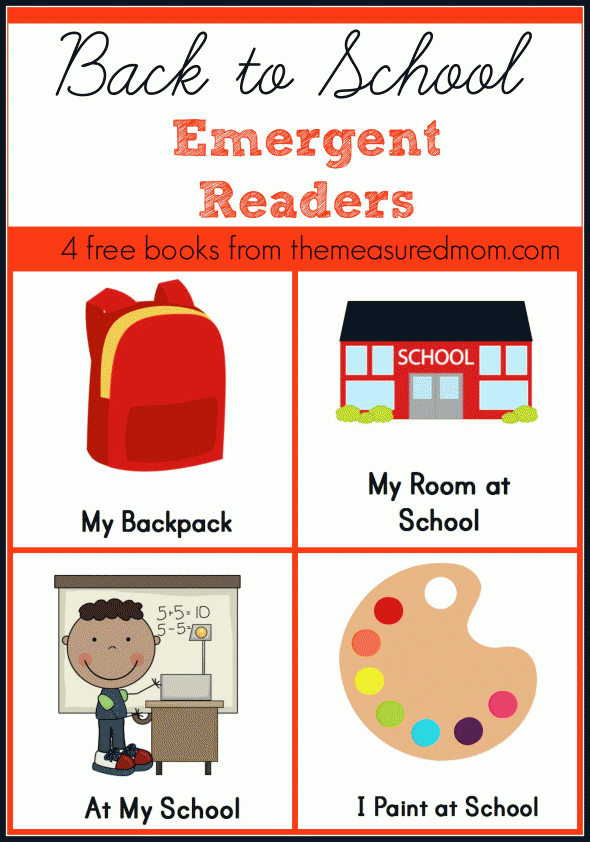 Cubes affect several channels of perception at once, and warehouses should not just be pronounced, but sung - this way, according to the author of the methodology, learning is more interesting and effective.
Cubes affect several channels of perception at once, and warehouses should not just be pronounced, but sung - this way, according to the author of the methodology, learning is more interesting and effective.
One of the advantages of the technique is that children willingly play with blocks themselves, and the process of learning to read becomes active, mobile.
Syllabic reading
This technique, according to some sources, was developed by the Romans. Later, Nadezhda Sergeevna Zhukova, a Soviet and Russian speech therapist, created a primer based on it. In it, she built her own system in which sounds and letters are sequentially introduced into speech.
Due to the fact that the concept of a syllable is introduced at an early stage, it is faster and easier to teach a child to read syllables together. By the way, as in Zaitsev's technique, it is proposed to sing syllables, and not just pronounce them.
Based on the syllabic method, Zhukova developed a set of teaching aids - copybooks, copybooks and a book for reading. Benefits will help teach children to read correctly 6 and 7 years old at home.
Both techniques for teaching preschoolers to read are used in the Skysmart Ready for School course. The course consists of two stages: first, children get acquainted with letters and warehouses, which allows them to quickly start reading simple words, and then they learn what a syllable is. Gradually, we introduce more complex syllabic constructions, move on to reading phrases and sentences.
Sound analytical-synthetic teaching method
This method originated in the USSR and is still considered the main one in Russian schools and kindergartens. It was developed by the Soviet teacher and Russian language methodologist Voskresenskaya Alexandra Ilyinichna.
Same as N.S. Zhukova, Voskresenskaya proposed her own order in which children should learn letters and sounds. The principle of this sequence was that the child first learned the letters that can be combined into simple syllables, and then moved forward in the level of complexity. As a result, children learn syllables in this order:
The principle of this sequence was that the child first learned the letters that can be combined into simple syllables, and then moved forward in the level of complexity. As a result, children learn syllables in this order:
-
Two-letter syllables (including one consonant): am, ma, ra, etc. and simple words from them: ra-ma, ma-sha, Pa-sha, etc.
-
Three-letter syllables with a central vowel: poppy, lat, etc.
-
The combination of the first two stages into words: sa-lat, earth-la, etc.
-
Words of three syllables and six letters: az-bu-ka, ve-se-lo, etc.
-
Words of two syllables and six letters: question-ros, tea-nick, etc.
-
Words with a combination of vowels at the beginning and end of a word: chair, March, etc.
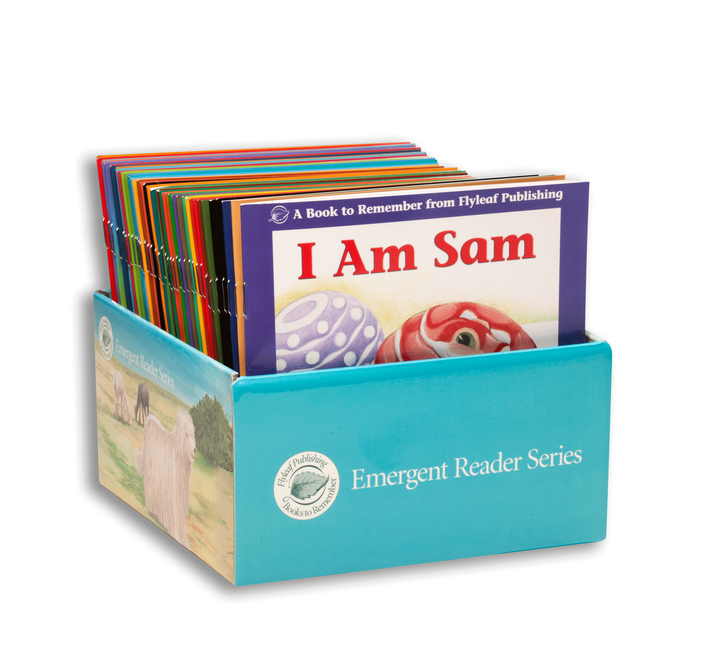
In this way, children simultaneously prepare for more complex syllables at each stage and reinforce what they have learned earlier.
Free English lessons with a native speaker
Practice 15 minutes a day. Learn English grammar and vocabulary. Make language a part of life.
Exercises for learning to read
Learning to read usually takes place in several stages. First, the child listens to the sound, visually remembers the letters. Different games will help with this, where you need to look for letters, invent words, etc. When this stage is over, you can move on to syllables and games to work them out. And only after that it will be possible to proceed to words, and then to sentences and texts.
Letter memory exercises
The first step is to teach your child to recognize letters. To do this, you can use pictures with hidden letters. We use such exercises in the preparation for school lessons in Skysmart.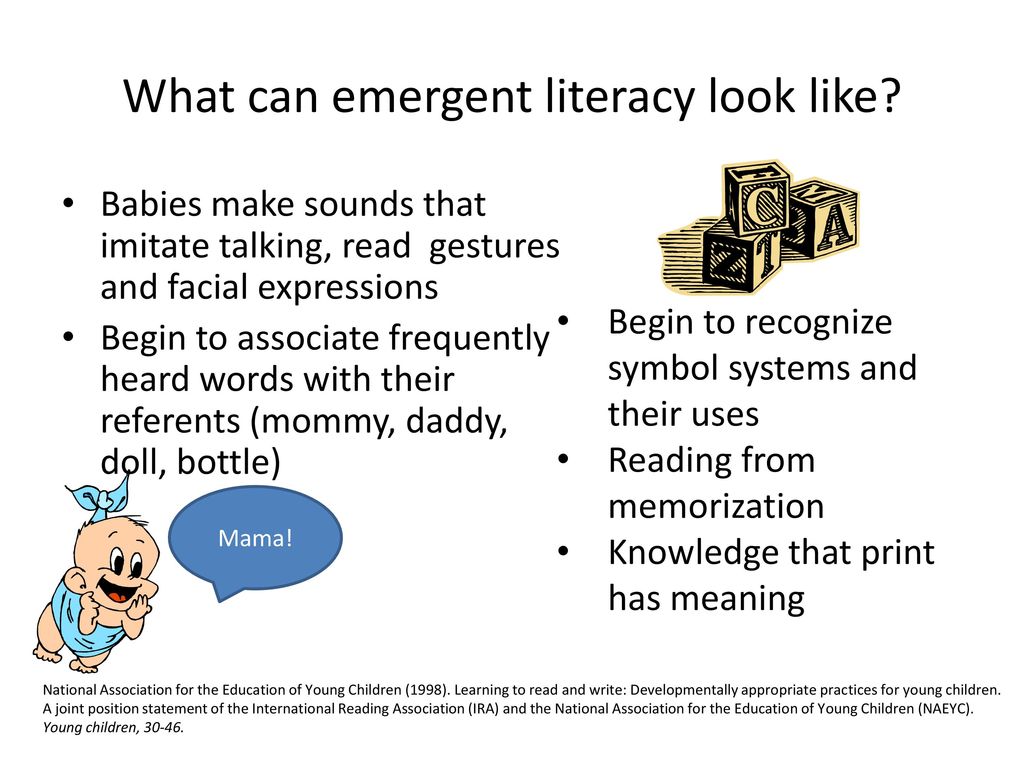
Ask your child to identify what letter a word begins with, or name as many words as possible that begin with a certain letter.
Next, we train to distinguish correctly written letters from incorrect ones. This is also important for learning to write: preschoolers often mirror letters or distort individual elements.
Exercises for vowels and consonants
To learn to distinguish between vowels and consonants, tasks will help you determine the sound with which a word begins.
It will also help to remember the difference between vowels and consonants and search for an extra letter.
Word building exercises
When your child can read short words, ask him to make a word out of letters on his own.
Composing words from syllables is convenient if you have cubes at hand, but you can also try on paper.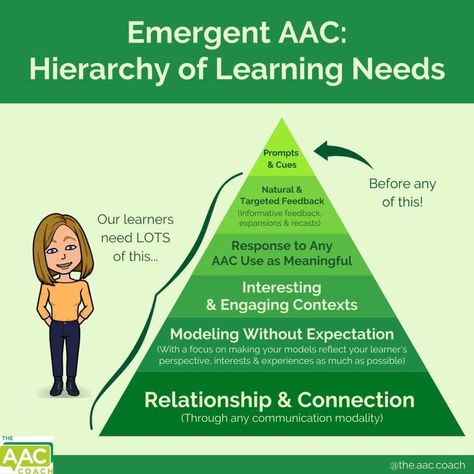

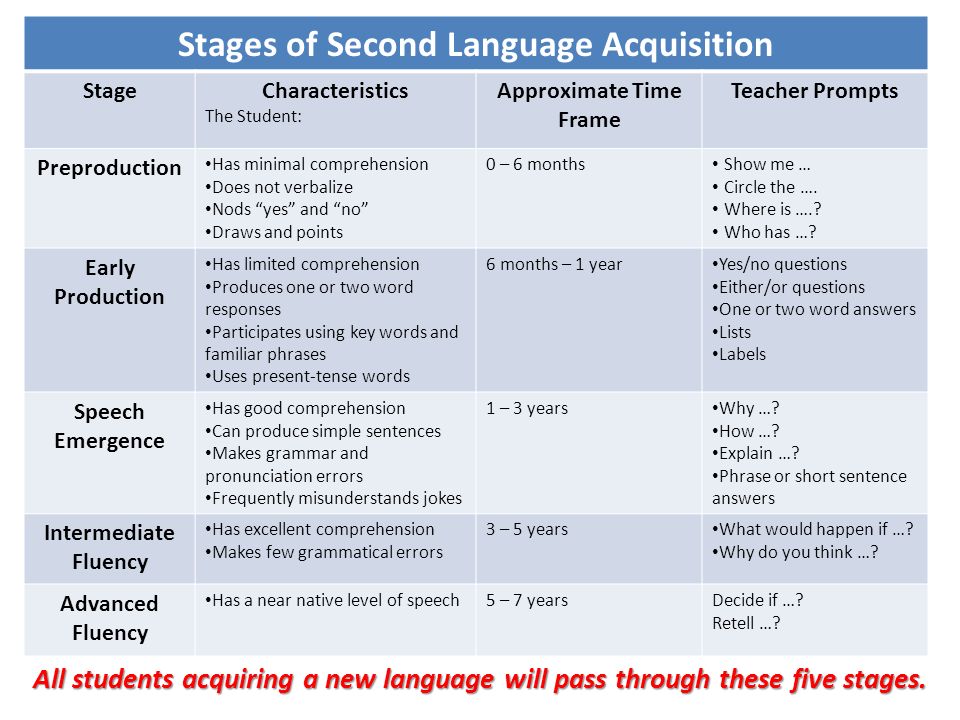 - She’s going to school that year, all her peers are already reading, and she even letters ...
- She’s going to school that year, all her peers are already reading, and she even letters ... 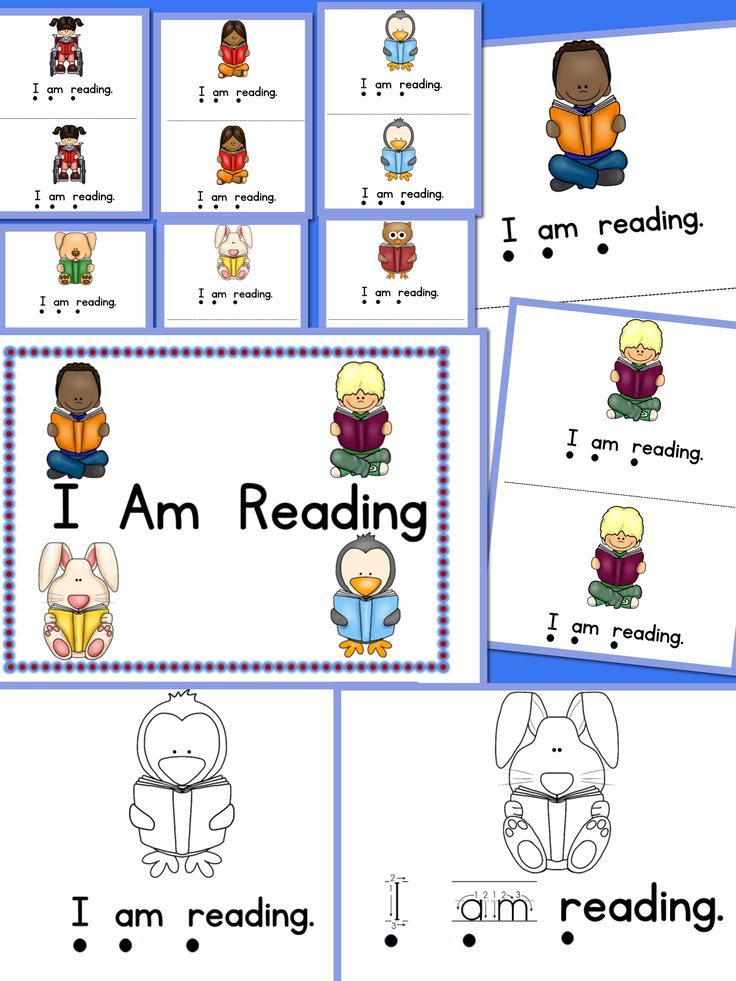 No. p / p Sequencing Taking Actions one. Write down the general formula of a hydrocarbon. The general formula of the hydrocarbon СхНу 2. Find the molar mass of a hydrocarbon in general terms. M (CxHy) \u003d 12x + y 3. Equate the value of the molar mass found in a general form to that given in ...
No. p / p Sequencing Taking Actions one. Write down the general formula of a hydrocarbon. The general formula of the hydrocarbon СхНу 2. Find the molar mass of a hydrocarbon in general terms. M (CxHy) \u003d 12x + y 3. Equate the value of the molar mass found in a general form to that given in ... 